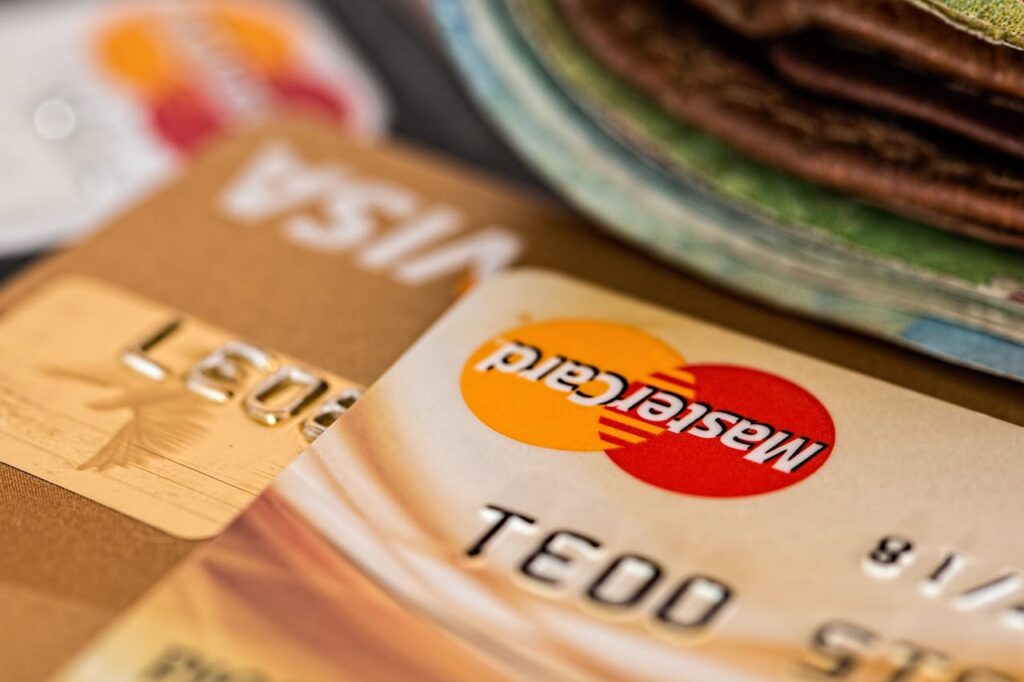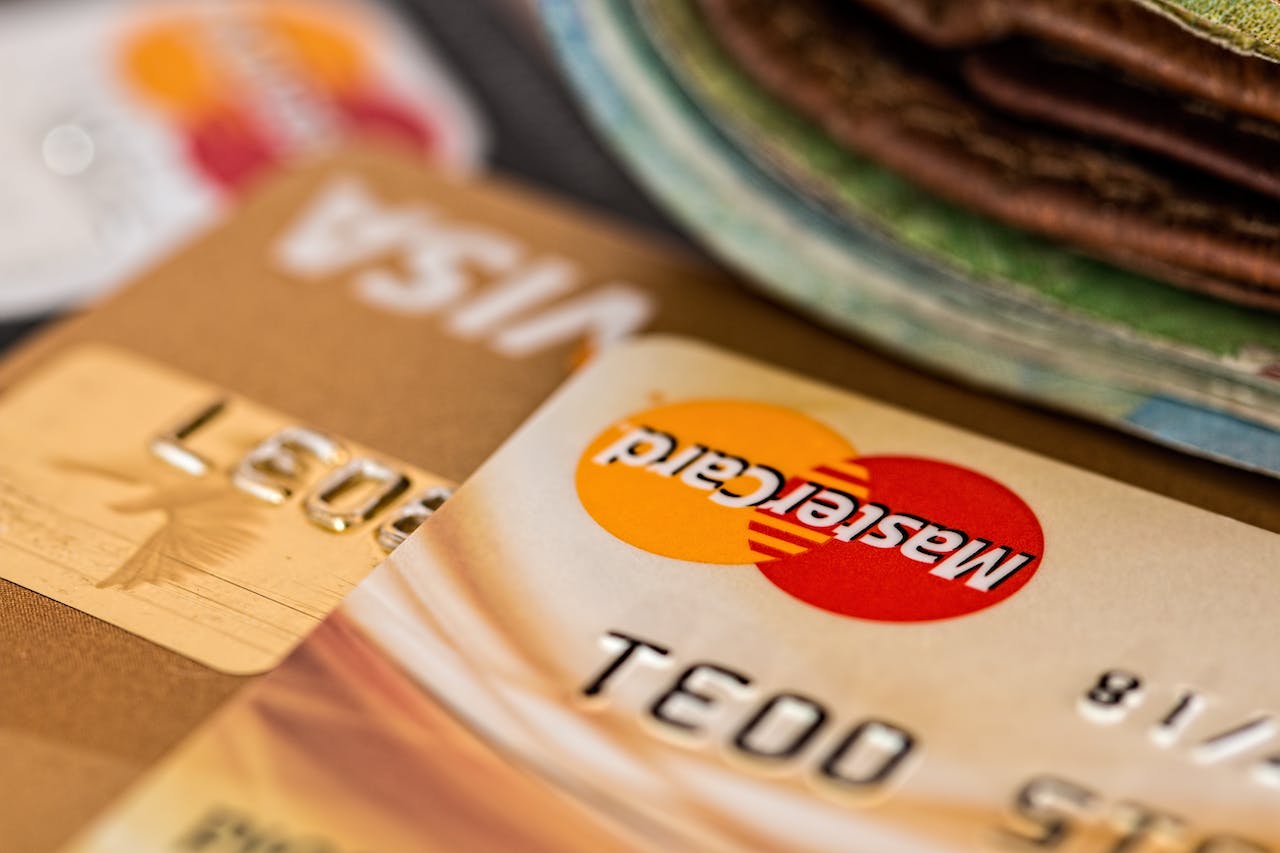Shaktikanta Das, the Governor of Reserve Bank, is preparing to announce the bimonthly policy with special attention on something called repo rate. This Thursday, Shaktikanta Das from RBI will disclose his policy that he updates every two months. Many individuals believe he will maintain the critical interest rates at the same level since inflation has remained close to but not exceeded their maximum permitted limit of 6 percent.
The panel for setting rates at the RBI started its meeting over three days on Tuesday, and it plans to declare what they decide on Thursday. Around 10 in the morning on Thursday, Shaktikanta Das, who is the Governor of RBI, will make known the decision from MPC.
The schedule for the RBI MPC Meeting is as follows: It starts around 10 am with the beginning of the MPC decision process, and then exactly on February 8 at noon, Governor Das from RBI plans to hold a press conference after the policy. You can watch the RBI MPC Meeting live on the RBI’s YouTube channel or its official X account, which used to be Twitter. At the same time, there will also be a policy statement given by the Governor.
What is MPC?
The job of setting the policy repo rate to hit an inflation goal and also think about growth goals is up to the Monetary Policy Committee (MPC). This group has three people from outside and the same number of RBI officers in it. Right now, this includes Shashanka Bhide, Ashima Goyal, and Jayanth R Varma who have all been chosen with care.

What to Expect?
For one year, the Reserve Bank kept the short-term loan rate at 6.5 percent – this is also called the repo rate. Then in February of 2023, because worldwide factors were mostly causing inflation to go up a lot, it increased its main interest rate from 6.25 percent to where it is now; they did this especially because they needed to deal with increasing prices.
Professionals predict that the central bank will keep its pattern for the sixth time in a row, mainly because they are worried about inflation; therefore, they believe there will be no change to the repo rate.
The Reserve Bank of India has the responsibility to keep the retail inflation, which is measured by the Consumer Price Index, at exactly 4 percent. But there is an allowed range that can go 2 percent higher or lower than this target.

